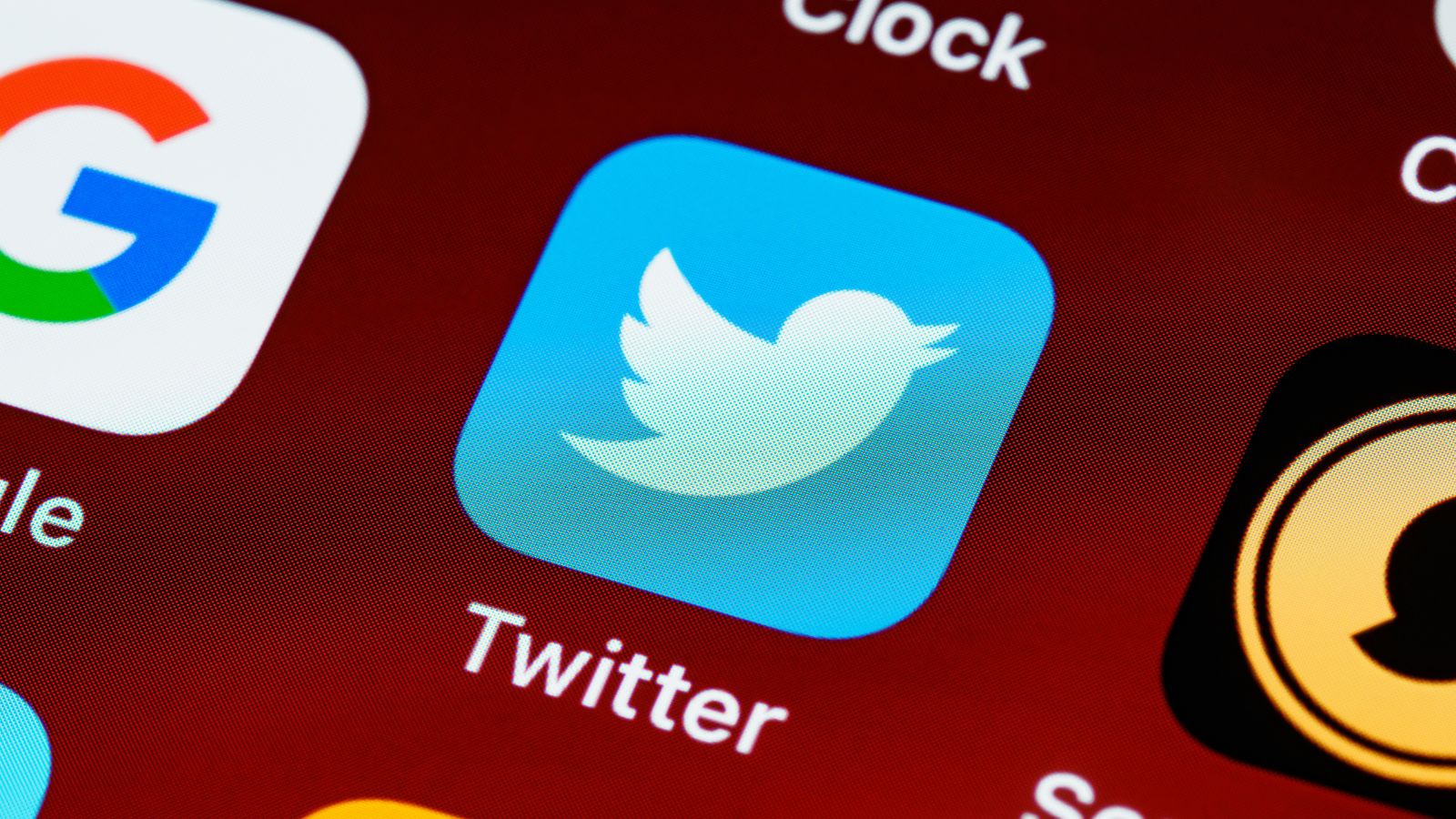
Twitter has been around for around 16 years so a lot of people and organisations are well established on it but the recent takeover of the platform by Elon Musk has raised concerns for the sector not in the least the realistic proposition that we may lose Twitter as a platform due to bankruptcy or other issues. This blog won’t give you all the answers but it will give you some insight into my thoughts, practical actions,and ideas to work out what’s best for your organisation.
Collect Your Organisations Data (just in case)
Over the years you will have built relationships, intelligence, traffic and conversations. It will be important to try and keep some of the data you’ve gathered over the years. You can download your data from Twitter. Log into the browser version on a computer, and go to Settings and Support > Your account > Download an archive of your data.
Twitter will generate a file and it should be available to download within 24 hours or so (it's taking longer at the moment due to the number of requests so don’t panic). It’ll be a large file, so make sure you have space to store it. In this zip file, you’ll find backups of:
- your account information
- all your tweets
- your Twitter likes
- your direct messages
It doesn’t include the accounts you followed and who followed you, so you’ll need to download those separately using a different service (which I’ll come to next).
The web service Phantom Buster will allow you to export your followers, and the accounts you were following, to CSV files. It’s quite similar to Zapier if you’re familiar with that. The free 14-day trial will let you run a few different ‘Phantoms’ to create these backups. There are two phantoms you need one is a follower collector (who you follow) and the other is the following collector (who is following you). It’s free to use if you only use one phantom at a time. So do one, then the other.
Should I stay or should I go?
Whether you should stay essentially boils down to 2-3 key questions:
- Who do I want to reach? – If your audience moves then so will you as otherwise, you are essentially talking to an empty room. For many organisations, they are waiting as seeing where their audience i.e. the people they want to reach / influence go. To help with this you may want to look at your engagement week on week. These can fluctuate a lot on Twitter, but plotting them on a graph with a trendline will help spot changes which may signal your audience has moved away from the platform
- What do you use it for? – Realistically if it’s for news campaigns and fundraising staying on Twitter may be relatively low risk in the short term. But as a platform to interact with potentially vulnerable service users it may not be ideal – due to changes with verification, free speech/moderation etc.
- Does it fit my organisation's ethics and values – it may be a case that Twitter genuinely comes too toxic an environment for your to stay on there as an organisation without the risk of reputation damage. It's definitely a senior management/board discussion.
Alternatives to Twitter
This isn’t an exhaustive list but some things and options to consider if you do want to leave Twitter:
- Don’t forget your other social media channels – Facebook, Instagram, LinkedIn etc. They may have a revised place in your social media / digital communications plan. You might want to remind your users that you exist on those too to drive organic growth (just in case)
- E-bulletin – Do you do regular e-bulletins/newsletters? Is your Twitter frequently driving users to them or broadcasting the same content? If the answer is yes investing time and effort in your mailing and mailing lists may be a solution.
- Mastodon – Is the big name making progress from the Twitter exodus at present. Mastodon is registered in Germany as a non-profit limited liability company. It’s very similar to Twitter with “toots” of up to 500 characters etc. When you sign up the first step is to choose your server as it isn't a single network – it's multiple ones each with its governance and community standards which might make choosing the right one tricky (Tip: Twitodon will help you find your followers and people you follow on Mastadon)
- CounterSocial is quite tweet-decky. It was set up by a hacktivist and aims to be free of all things ugly like bots and trolls. It also includes a range of functions such as groups, video conferencing and even virtual reality realms! It is potentially an option if you want to embrace a slightly different platform from the norm or if your work attracts security threats. (Tip - Twitoso (low code) allows you to download the usernames from your Twitter account and upload them to CounterSocial)
- More traditional forums / messaging platforms – if it's more about community development rather than broadcasting information then maybe platforms such as Discord and Reddit may be an option for you.
As I write this our current focus is protecting our data, watching where our audience goes and encouraging growth on our other channels. I'm all for being a tech trailblazer but this may be one of those occasions where following the herd might be a reasonable approach. In the meantime did I mention we also have a fabulous bulletin? :-)